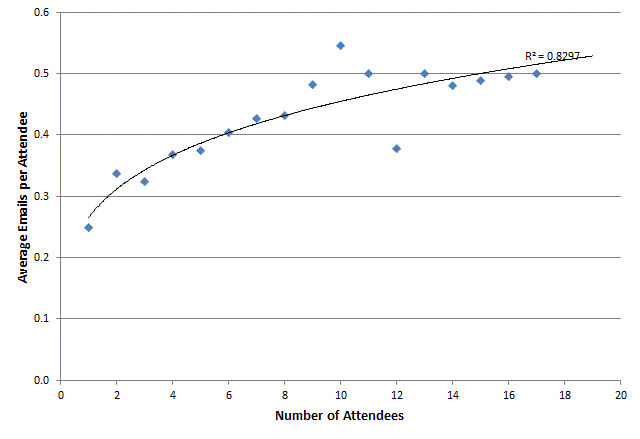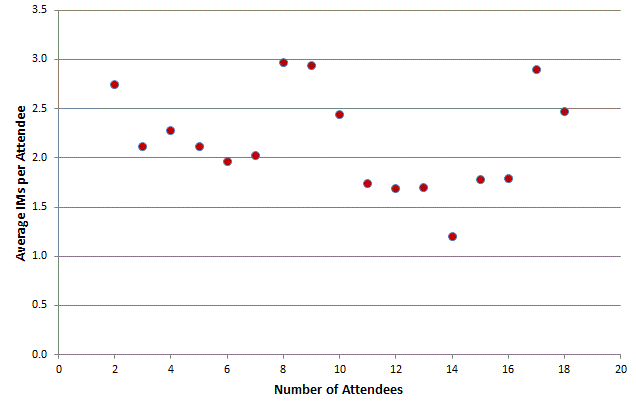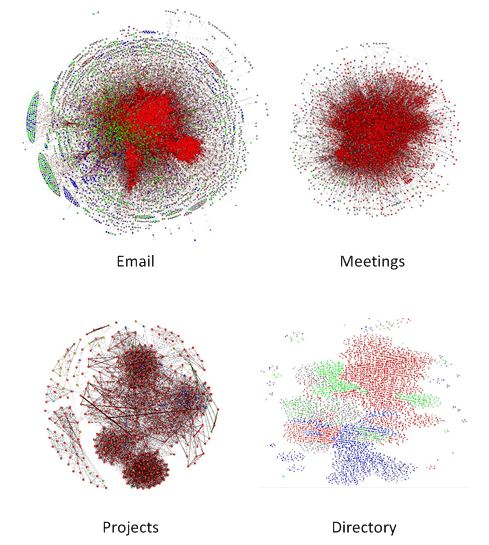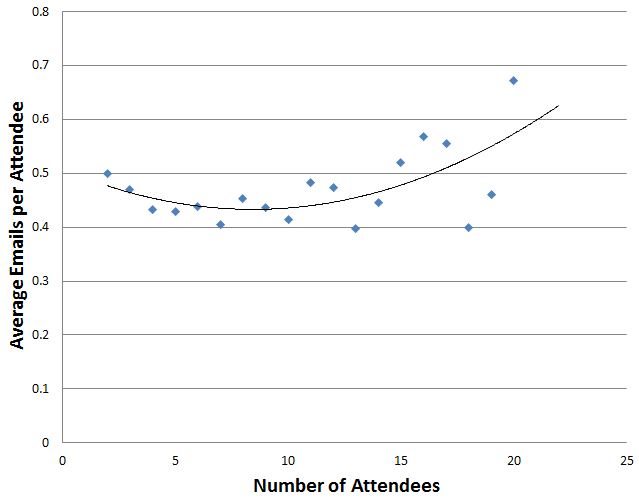 I have observed a couple of behaviours around Instant Messaging (IM) in meetings: the first is IM being used to contact people not in the meeting, either to ask for information pertinent to the meeting, are being asked a question or just to chat about something unrelated because they are bored; the second behaviour is to use IM internally in the meeting where one sub-group will be making comments whilst another is talking. But which of these is more typical and why is this useful to know?
I have observed a couple of behaviours around Instant Messaging (IM) in meetings: the first is IM being used to contact people not in the meeting, either to ask for information pertinent to the meeting, are being asked a question or just to chat about something unrelated because they are bored; the second behaviour is to use IM internally in the meeting where one sub-group will be making comments whilst another is talking. But which of these is more typical and why is this useful to know?
To understand what I’m talking about take a look at this example:
Here we represent four people in a meeting (inside the ellipse) and two people outside the meeting. Lines between the people indicate that they have shared one or more IMs during the meeting. The first chart, below, shows the average number of people involved in IM conversations for meeting sizes between 2 and 17 people; the sample is about 2000 meetings over 3 months; there are very few meetings with more than 17 people so these are excluded:
Not unexpectedly as meetings get larger there are a few more people using IM in meetings. The ratio of internal to external IMs looks fairly constant though, but this is best observed with another chart:
The ratio is indeed fairly constant at nearly 50:50.
I’ve previously looked for correlations between meeting sizes and number of instant messages (as opposed to the number of people using IM) and not found much. Taking the same approach with the number of people, which is to divide the number of people using IM by the number of people in the meeting we get the following:
Which, interestingly, shows IMs dropping off on a per-person basis, as the meetings get larger. Is this an indicator of cultural behaviour or is it simply that IM often gets used to tell people the conference call isn’t working / lost the PIN / the phone is broken / can’t use the computer etc.? To answer this would require some analysis of message content, which is possible, but not in the scope of this study. [Complete aside: talking about conference calls check this out]
So why bother? Well most organisations have a bunch of cultural objectives along the lines of “let’s be nice to each other” and, if some further analysis of IMs inside meetings shows that they do not reflect this aspiration, then you can measure your actual culture and observe the trend to see if your cultural change initiatives are working or not.
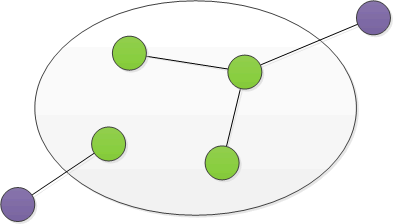
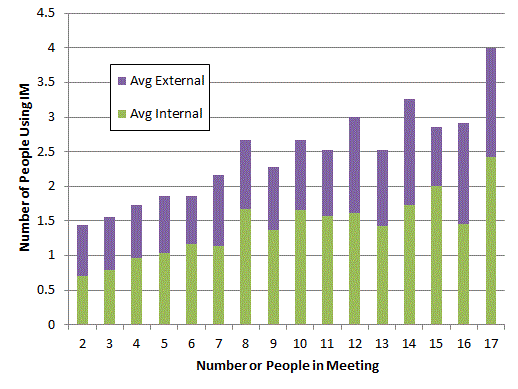
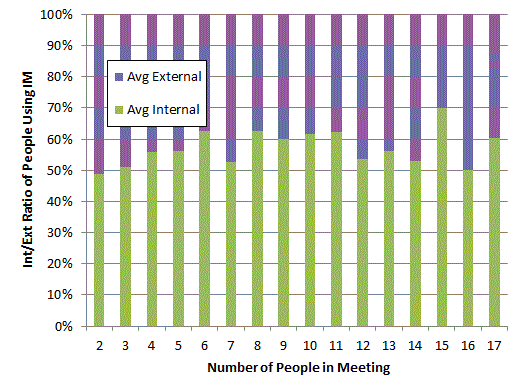
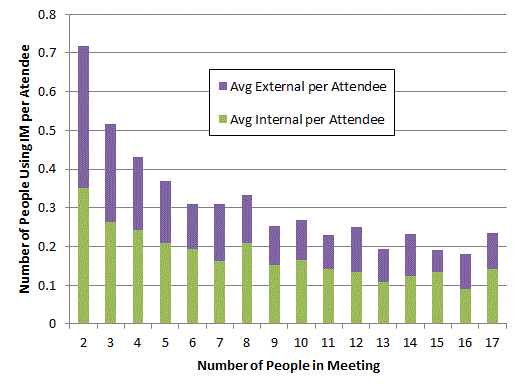
 Follow
Follow